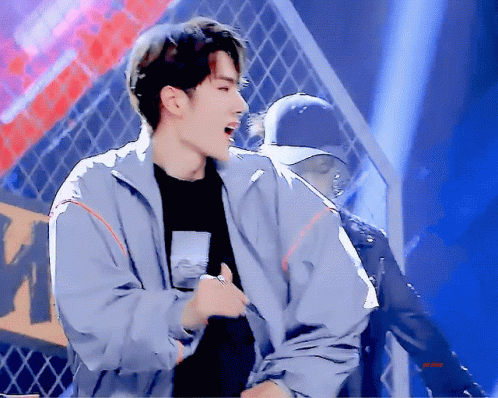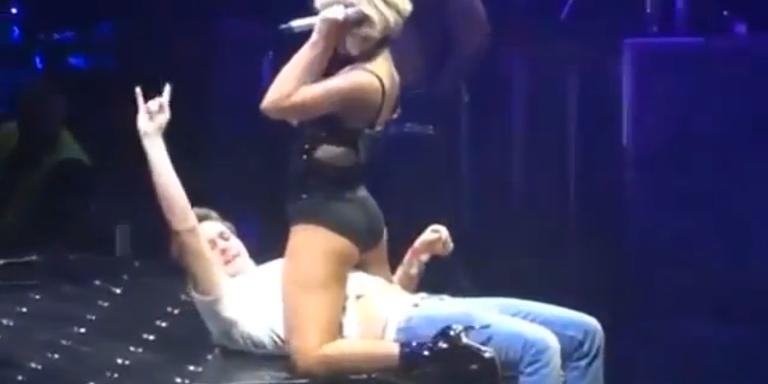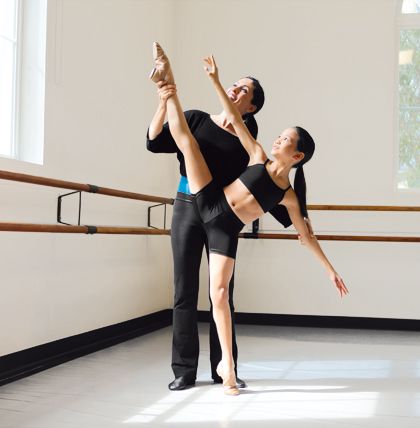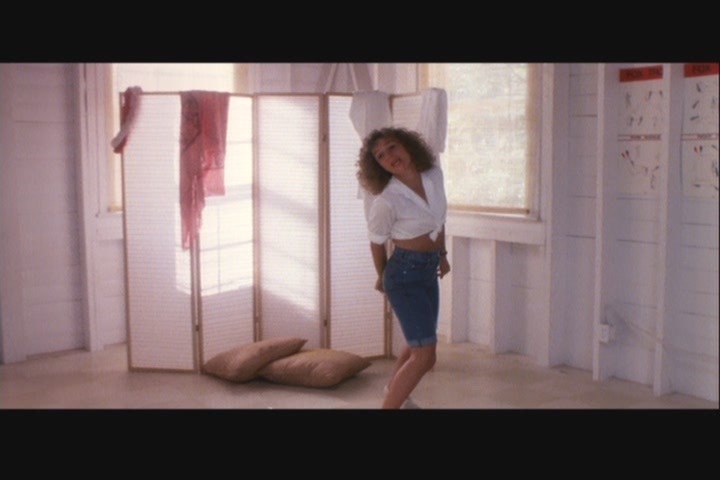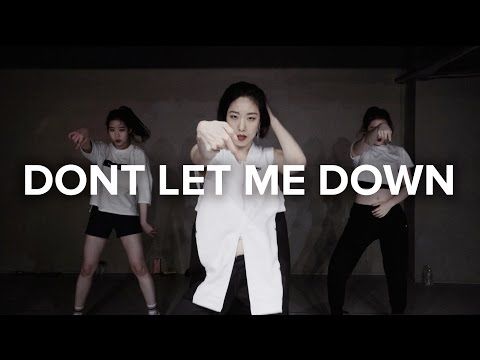How to do chicken dance
How to teach the Chicken Dance in PE Class
You are here: Home / Blog / How to Do The Chicken Dance in PE Class
What’s Up PE Friends!Today I want to show you how I teach locomotor and non-locomotor skills through dance. In the video shown below, you can see me teaching Chicken Dance to some of my younger students. We had tons of fun doing this and my kids enjoyed it a lot. Normally I do this dance with my K-2nd Graders. (If you’re looking for a dance for your older kids check out The Jump Dance)
So before we start, you’re going to need the following:
- Prep the music. You will need speakers and a music player. I highly recommend connecting your phone via Bluetooth for this so you can move around with the kids and still control the song. I’ve added some helpful links related to this below:
- The Stereo Setup in my gym
- How to Setup Bluetooth Streaming in your Gym
- All my Music Playlists I use in PE Class
- There are also links to all my tech gear (like the wireless mic) on our Amazon Page if your interested
- Set some boundaries for your students to move around during the dance and find open space
Once all these are set, you are ready to have fun teaching and dancing!
Check out the video below to see an example of how I teach the dance to my kiddos!
*For an overview of the wireless mic you see me using in the video above check out this post on my wireless mic
As you can see this is a good time to also review DIRECTIONS (Forward, Sideways, Backward) 🙂
As you can also see from the video, I start the class by teaching the basic steps first after I let them listen to a sound clip of the chicken dance. The clip usually helps prep the kids for the dance. The chicken dance is a 4 count dance, meaning four counts per step and there are guess what… 4 steps and you will do the Chicken Dance 4 times.
So the magic number here is… wait for it… FOUR!
The Chicken Dance StepsNon-Locomotor Steps:
- Beaks
- Wings
- Tail Feathers
- Claps
Locomotor Steps (Switch these up if you want):
- Skip
- Slide
- Gallop
I start with Non Locomotor steps first making sure that I count to four as I do the steps, then proceed in explaining to kids which locomotor we will practice during what I call “The Movement Break” which is the time between each Chicken Dance.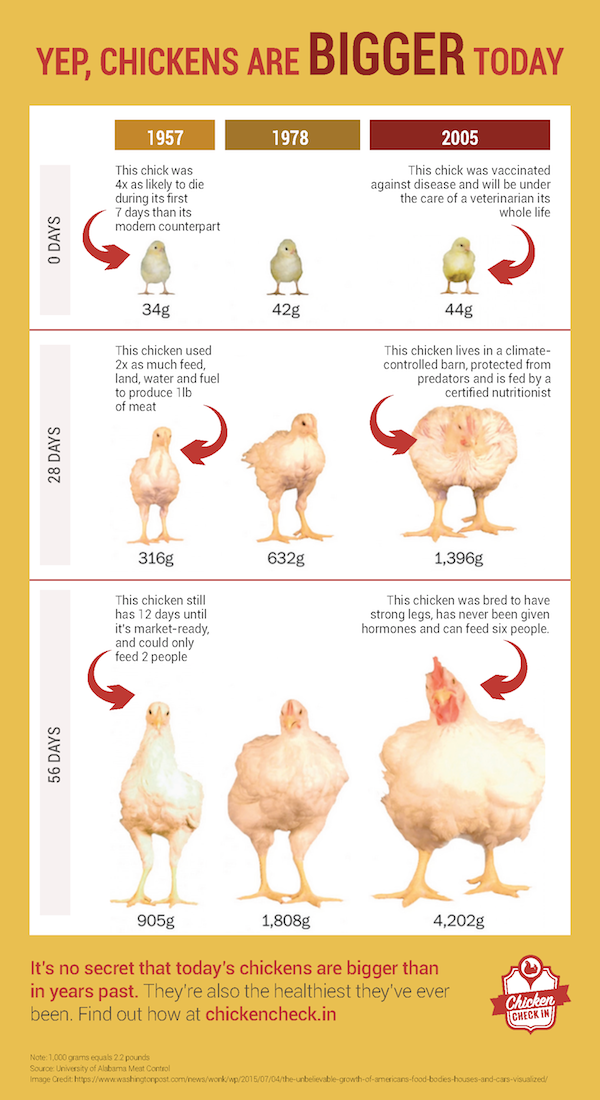
While we are moving I give the kids a cue to freeze and get ready for the dance by saying “BEAKS UP” and then we start the next round of the dance.
The Basic Breakdown is Below:
- 4 rounds of the chicken dance
- Skip in the open space
- 4 rounds of the chicken dance
- Slide in the open space
- 4 rounds of the chicken dance
- Gallop in the open space
- 4 rounds of the chicken dance
Variations:
- Use other locomotor steps aside from the ones I used
- Have students perform square dancing moves with a partner during the movement break
- Create a routine around another skill like dribbling, ribbons or scarfs
More Resources for K-2nd
The Call it Macaroni Song
Another great song for teaching locomotor and non-locomotor skills in class is a fun follow the leader called “Call it Macaroni”. You can check out the video below for an example of this one:
*Digital version of the song or CD available for purchase here
The Hokey Pokey Dance
This is a fun variation of Hokey Pokey that I shared back in 2016 – it’s a great one to throw in when you are working on HULA HOOP TRICKS and already have hula hoops out. It also works on reviewing Right and Left sides of the body which is good for younger students.
Locomotor License Test
At the end of 1st Grade we assess students on Locomotor Movement Skills. For this assessment we do something called “The Locomotor License Test”. It’s a fun way to turn an assessment into a fun challenge that ends in a reward for the students hard work, you can download the free lesson plan and Locomotor License Cards HERE.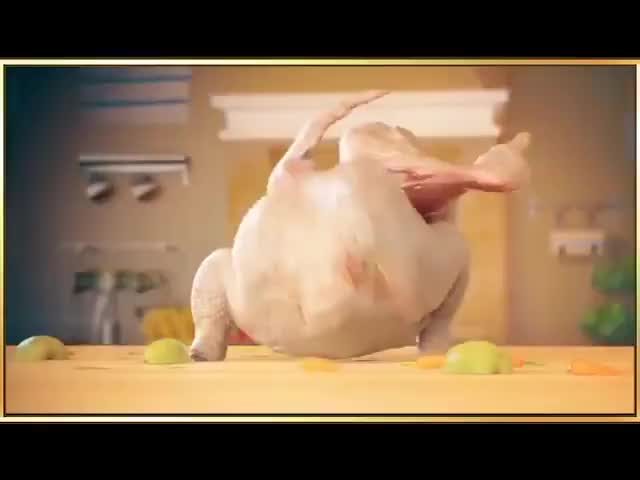 Also, I’ve included the video below if you want to check it out:
Also, I’ve included the video below if you want to check it out:
*If your a Member, you can download the E-book in the membership forums 🙂
Reader Interactions
How to Do the Chicken Dance
How to Do the Chicken DanceThe chicken dance is something that is extremely easy to pull off. Even the people who are extremely poor at dancing can easily learn how to do the chicken dance. The dance includes extremely easy moves and almost each and every person who will try these moves will be able to learn them in no time. However, you must have the chicken dance song before you try to attempt this dance, so that you can live in the moment and you can know what this dance actually stands up for.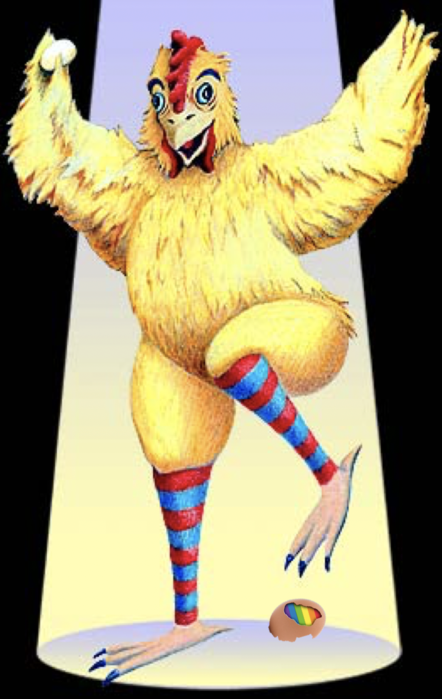
Instructions
-
1
Fingers
You should first learn the position of your fingers and how you should move them so that you can start off with the chicken dance.
Align your fingers right in front of your chest and try to make a pinching posture with them. The four fingers rest on your thumb and you look as if you are about to pinch someone. Now pinch in the air so that you can get started with the finger and hand postures.
-
2
Arms
Once you are done with using the pinching step, then you need to start the flapping exercise with your arms. You should know how exactly a chicken flaps its arms and you will be able to learn this in no time.
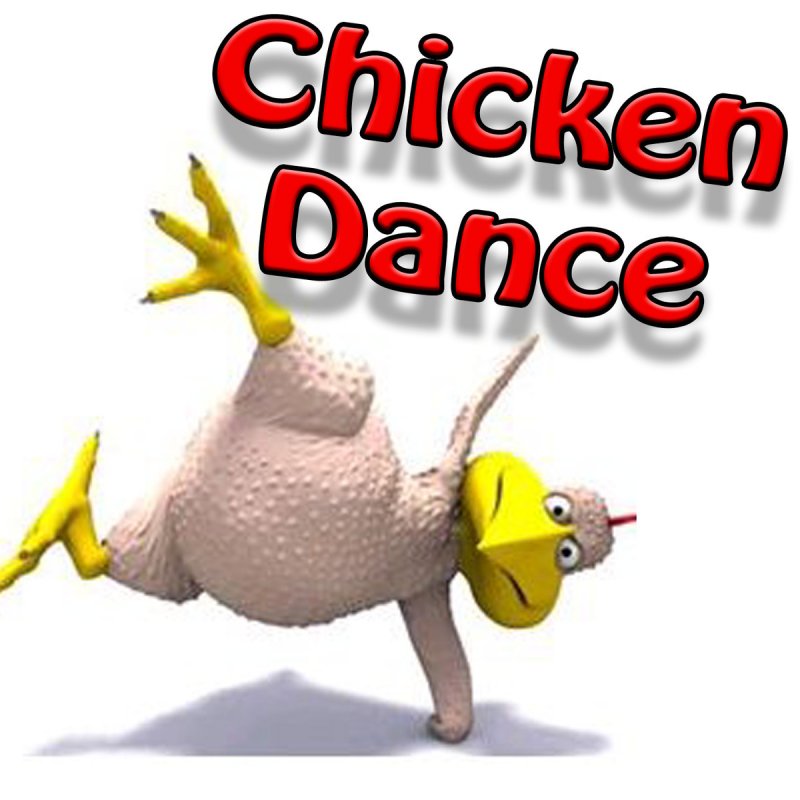
Your elbows should be out and you should be in positioned in such a way that you look like a chicken with its wings out. Now with your elbows out and your hands turned in, try to flap your ‘wings’ (arms) four times so that you can show everyone how you are trying to dance like a chicken.
-
3
Wiggle
After you are done with flapping your arms, it is time for you to wiggle around and hop around. Try to be as much like a chicken as possible. Picture a chicken dancing and you will get the idea about how you should be moving and wiggling around. Move from right to left, and then left to right while you keep on flapping your arms in the air.
-
4
Clap
Once you are done with wiggling around and moving like a chicken, it is your turn to straighten your palms and clap.
 Make sure you move down in order to move closer to the ground as well. After you are done with moving closer to the ground, it is your turn to sit up and clap four times.
Make sure you move down in order to move closer to the ground as well. After you are done with moving closer to the ground, it is your turn to sit up and clap four times. -
5
Repeat
Keep repeating these steps until you are perfect and until the song is being played. Find yourself a partner and try to practice these steps with them and you will eventually end up dancing like a chicken.
Posted by master-yoda in Dance
How to Dance the Chicken - Dance Instruction
How to Dance the Chicken - Dance Instruction Chicken dance is popular in weddings, parties and any other large gatherings.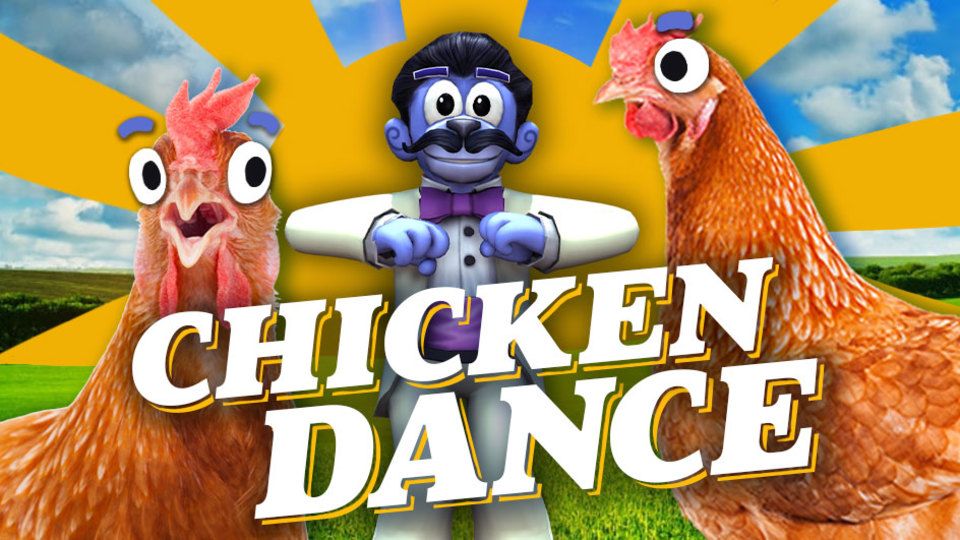 It's easy and fun to learn. As long as you're having a good time, that's the most important thing. Use these step by step instructions to learn the moves and then practice with the tutorial video so you can become a Chicken Dance master.
It's easy and fun to learn. As long as you're having a good time, that's the most important thing. Use these step by step instructions to learn the moves and then practice with the tutorial video so you can become a Chicken Dance master.
Chicken Dance Steps
The first part of the Chicken Dance is repeated in threes until you have made four handclaps at the end of the section.
Related Articles
- Famous Dances of the Sixties
- Bunny Hop Dance
- The 12 Best Wedding Dances
Part One: Chicken
First, stand with your feet together. Stretch your arms to the sides at shoulder level, elbows bent at a right angle, hands at ear level. Squeeze your fingers together so you can open and close them like a chicken's beak. Now you are ready to dance!
- Make the chicken's beak quickly open and close three times (count one, count two, count three).
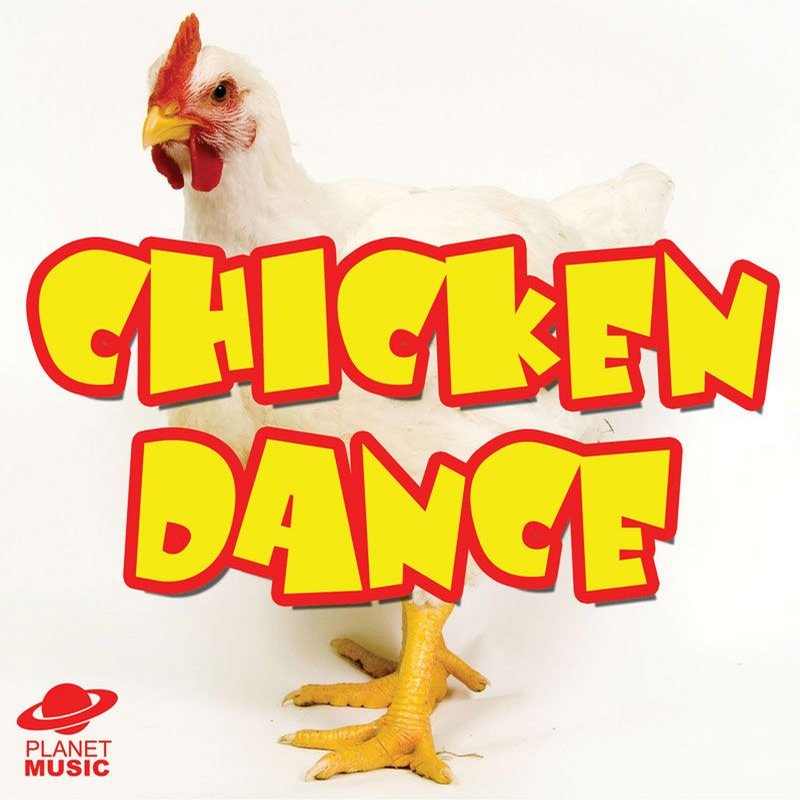 It will be good with music
It will be good with music - Stick your thumbs in your armpits, pretend to hold on to the stocking straps, or clench your fists and hold them in front of your shoulders, elbows out to the side. Flap your elbows (chicken wings) three times (count one, count two, count three). Same with music
- Leave your arms in a wing position and swing your hips to the right, left, right (right one, left two, right three), dropping your knees to the ground. It's like a crunch and you can go as low as you want, but most people stop when their knees are at about a 45 degree angle. No need to take a protractor, just do what is comfortable for you. You can also move your heels by moving your hip, right, left, right, if you like. For some, this comes naturally.
- Stand up straight quickly and clap four times (count one, count two, count three, count four). There is that tricky four that you have been warned about.
Hand movements can also be performed in a seated position so that everyone can participate in the action.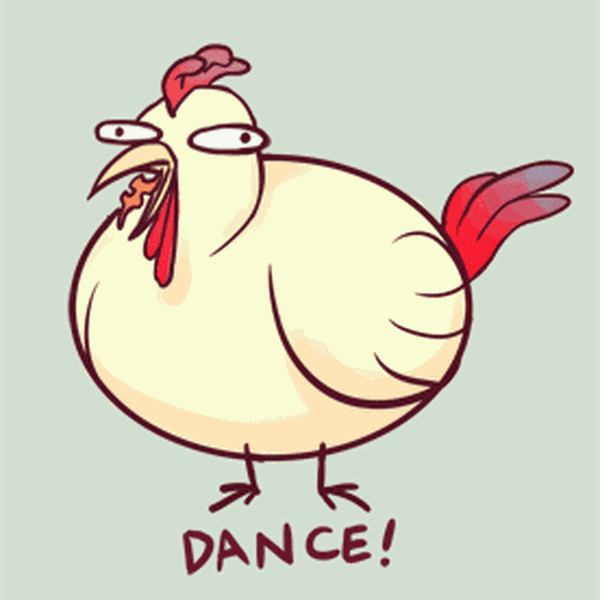
Repeat this sequence four times. Then we move on to the polka dance.
Part two: polka
There are 32 counts in the polka. The easiest way is to count in four sets of eight. Or just keep moving until the chicken part starts again. There are many ways to perform the polka, but here are the most popular variations of this dance.
- Grab someone with your elbows and jump in a circle, changing direction every eight counts, although some like to stay in the same direction all the time.
- You can hook your partner's elbows for eight counts and then switch to another partner for eight counts. Keep switching places until the chicken part of the dance starts again.
- A large group can hold hands and jump in one direction for eight or 16 counts before changing direction (great for small children or people with less mobility).
- You can skip it on your own, either in a group or in your own small circle.
- You can clap your hands and stomp your feet while watching everyone spin around.
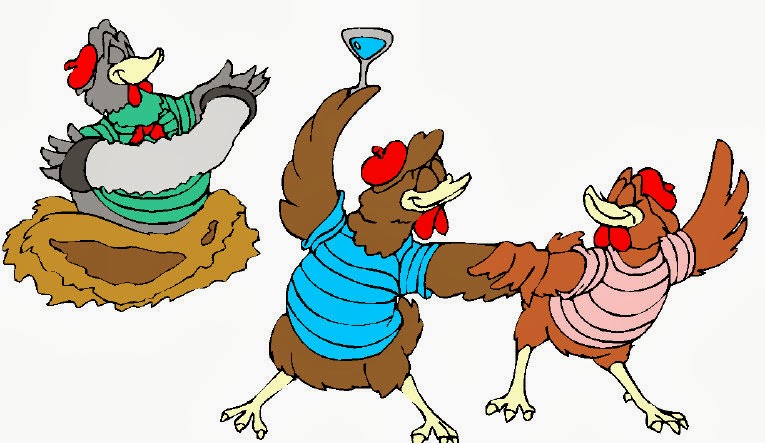
After count 32, return to the starting position and start again with the chicken.
Make a chicken
This dance is great fun and anyone can do it, which is the main reason why it is so popular. Grandparents, aunts, uncles, moms and dads, and kids of all ages enjoy the Chicken Dance. Don't be surprised when you see people laughing, swaying and moving like crazy. Again, this is the best part. Just beware of wild elbows!
how to remove eyelashes at home
About Quizzes Retirement Living Autism Diagnosis Image Book Hair - Style, Images
90,000 Scientists have found a deep-sea headless chicken in the ocean. And it's dancing Australian scientists' cameras mounted on fishing boats captured a video of a deep-sea sea cucumber, also known as the headless chicken monster. And this is the rare case when each of the words in the name is one hundred percent justified.
What do you usually think of when you hear about sea cucumber? Probably something not very bright and interesting.
In that case, you (and we, too, for sure) simply do not know about a creature called the deep-sea sea cucumber Enypniastes eximia. It's also called the headless chicken monster, and you'll see why in a moment.
The first and last photo of this handsome man was in the Gulf of Mexico last year, but now he was caught on the cameras of Australian scientists from the local Department of the Environment for the first time, says ABC News. They installed their equipment on fishing boats fishing in Antarctica, and did not immediately understand what they managed to capture on video.
We had never seen anything like it before, and at first we didn't even know what it was. And I must confess that this creature is one of the most impressive that I have seen.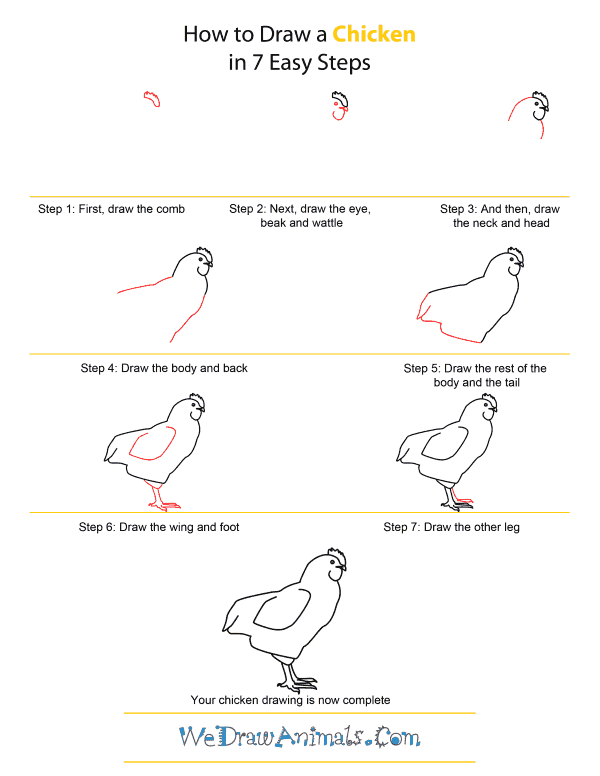 Dick Welsford, Department of the Environment Scientist
Dick Welsford, Department of the Environment Scientist
The headless chicken monster differs from most sea cucumber brethren in that it can swim and deliberately sink to the ocean floor for something tasty. And the appearance of his unusual nickname is quite easily explained by his appearance - for some reason he reminded scientists of a headless carcass.
This creature once again shows us how little we know about the ocean and about those creatures that can be found in its depths. Surely there are many other creatures that live and wait for the moment when they are discovered.
By the way, this sea cucumber has another nickname. It is called the Spanish dancer for its flamenco dress-like forms, gracefully swaying as it moves.
But in general, it is very surprising that Australian scientists can be surprised by something, because in that part of the world you can meet some kind of monster just walking along the beach.
